I’ve fallen for more Illinois tourist traps than I care to admit.
Paid $40 to see a bean-shaped mirror. Stood in line for two hours for pizza that’s mostly just tomato sauce in a bread bowl.
That’s why I created this no-nonsense guide for fellow travelers who value their time and money.
After 50+ years on this planet, I’ve earned the right to be picky about where I spend my retirement dollars.
These Illinois attractions aren’t just disappointing—they’re practically highway robbery with a gift shop.
1. Busy Beaver Button Museum, Chicago
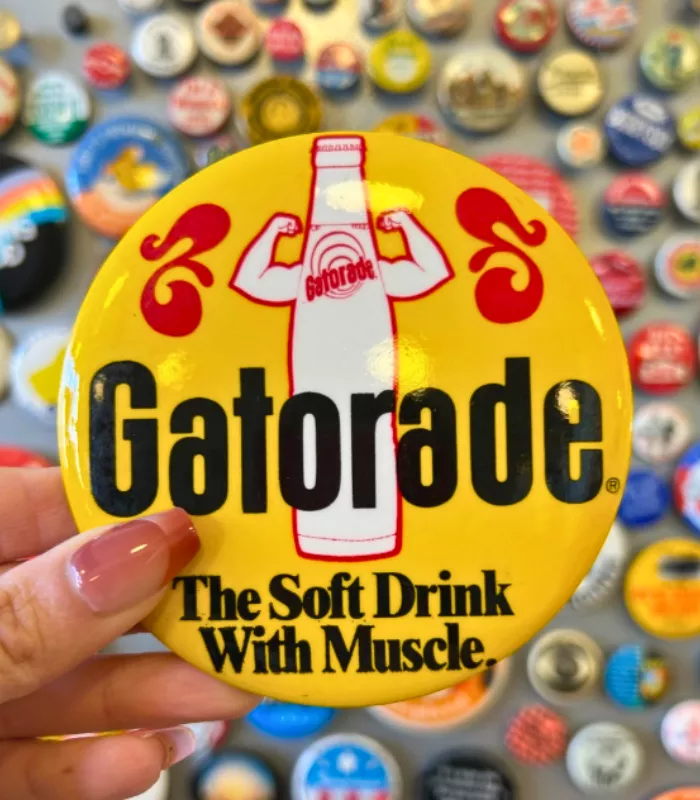
The Busy Beaver Button Museum in Chicago has been crowned as the most boring tourist trap in Illinois. It’s literally a collection of buttons – hundreds of tiny, flat, colorful buttons.
Sure, they’ll tell you these pinback buttons have been commemorating noteworthy life events since 1896. But here’s the deal – you’re basically looking at a wall of pins for less than an hour.
That’s why you’re better off spending your precious Chicago time at almost any other attraction. The museum is located inside the Busy Beaver Button Company’s office, which should tell you everything you need to know about this “attraction.”
Why It’s On This List: When your main exhibit could fit in a shoebox, you might not be worth a special trip across town.
2. The Magnificent Mile, Chicago
The Magnificent Mile might sparkle with fancy stores and high-end restaurants, but it’s also packed with slow-moving crowds that make it a top Chicago tourist trap. This famous shopping street features everything from luxury brands like Gucci to casual spots like Gap.
But here’s the catch… the sidewalks get so crowded with window shoppers that you’ll spend more time dodging people than enjoying the experience. I made a classic mistake thinking it would be a pleasant stroll, but ended up feeling trapped in a slow-moving human traffic jam.
You’re better off exploring Chicago’s neighborhood boutiques in Andersonville or checking out the deals at Fashion Outlets of Chicago instead. These alternatives offer a more authentic shopping experience without the tourist crowds.
The Tourist Tax: Everything on the Magnificent Mile costs more simply because of its famous name and location.
3. Navy Pier, Chicago
Navy Pier is often called Chicago’s version of Times Square – and that’s not a compliment. This popular landmark features chain restaurants, amusement park rides, and sidewalks filled with stroller-pushing families headed to places like Build-A-Bear or the Children’s Museum.
Behind all the selfie-taking tourists and sugar-fueled snack stands, you’ll find a surprising sameness that feels like an upscale airport food court. Want me to be honest? The crowds can be overwhelming, especially during summer when it seems like everyone in the Midwest is trying to ride the Ferris wheel at the same time.
That’s why exploring Chicago’s Riverwalk or discovering a genuine blues club away from the tourist areas gives you a more authentic taste of the city’s culture and character.
Why It’s On This List: Navy Pier offers only a surface-level experience of Chicago at premium prices while surrounded by thousands of other tourists.
4. Leaning Tower of Niles, Niles
Want to feel like you’re in Italy without leaving Illinois? Well, too bad. The Leaning Tower of Niles is just a miniature version of the famous Leaning Tower of Pisa that leans just enough to be noticeable but not enough to be actually interesting.
There is parking behind the tower in the YMCA lot, and you might be able to climb it, but visitors often find the door locked. I made a classic mistake of driving 30 minutes out of my way to see this roadside oddity.
You’re better off taking a quick photo and then heading to one of Chicago’s world-class museums or architectural tours that showcase the real cultural heritage of Illinois.
The Tourist Reality: It’s a half-sized replica (94 feet tall) of a famous landmark that’s already famous for being an architectural mistake.
5. The World’s Largest Catsup Bottle, Collinsville

Because who wouldn’t want to stand in front of a 170-foot-tall condiment? The World’s Largest Catsup Bottle in Collinsville is exactly what it sounds like – a water tower painted to look like a giant ketchup bottle.
But here’s the deal… you’ll drive miles out of your way, park in a small lot, take a picture, and then wonder why you bothered. The entire “experience” lasts about five minutes, and there’s nothing else to do there.
That’s why you should only visit if you’re already passing through Collinsville or if you’re on a mission to see all of America’s quirky roadside attractions.
The Saucy Truth: This 170-foot water tower was built in 1949 for the Brooks Catsup company but hasn’t held any ketchup (or water) for decades.
6. The Gemini Giant, Wilmington
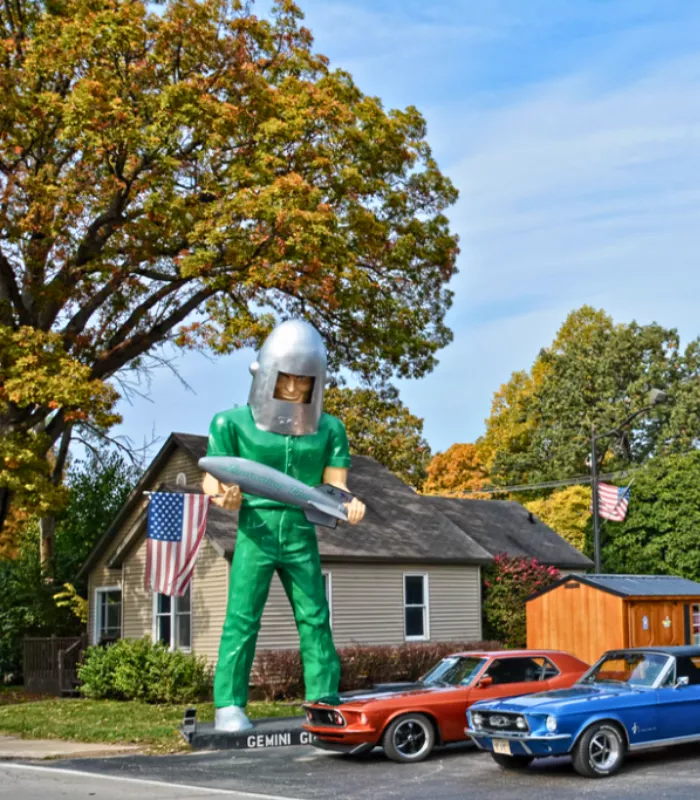
The Gemini Giant is a 28-foot-tall fiberglass astronaut that has stood motionless along Route 66 since the 1960s. Recently moved from its original location outside the now-shuttered Launching Pad Drive-In, this space-suited giant now stands in South Island Park.
But here’s the catch… after driving to see it, you’ll spend about three minutes taking photos before realizing there’s not much else to do. The statue was named after NASA’s Project Gemini and is one of many “Muffler Men” that once dotted Route 66.
You’re better off incorporating this into a larger Route 66 road trip rather than making it a destination on its own. At least then it becomes part of a themed journey rather than a disappointing standalone attraction.
Space-Age Disappointment: Despite being purchased for $275,000 in 2024, this fiberglass giant offers no interactive elements or educational displays about the space program it references.
7. Superman Statue, Metropolis
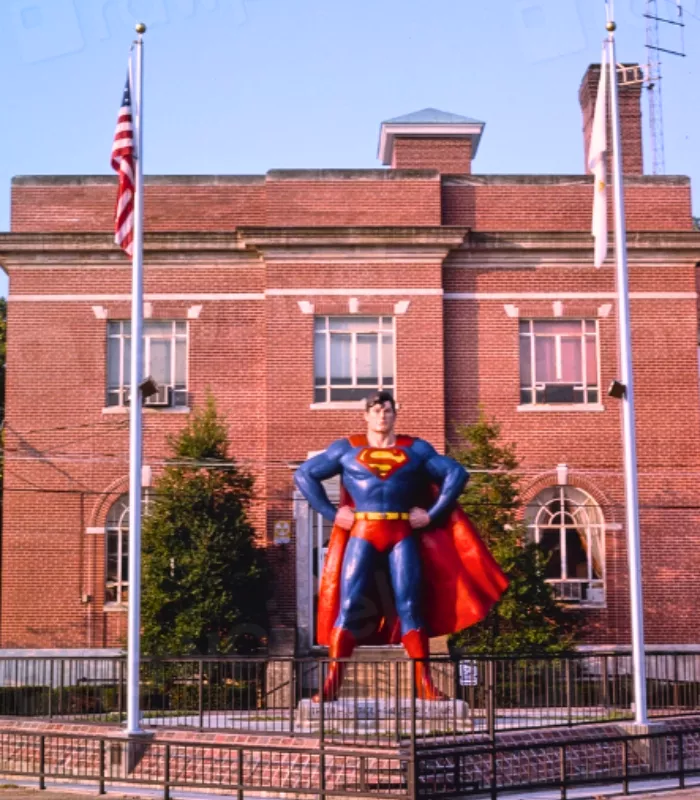
Superman himself would probably be bored in Metropolis, Illinois. Sure, there’s a giant statue of the Man of Steel in the town square, and you can pose as if you’re flying next to him, but how many times can you strike that same pose?
The 15-foot bronze statue stands in Superman Square, and the town has leaned hard into its fictional namesake connection. I made a classic mistake of expecting some kind of impressive Superman museum or experience, but found mostly gift shops selling the same merchandise.
That’s why you should only stop if you’re already passing through or if you’re a die-hard comic book fan who needs to check this off your bucket list.
Hero-Sized Letdown: Despite calling itself the “Home of Superman,” the town has no actual connection to the character beyond sharing a name with Superman’s fictional city.
8. Chicago Observation Decks
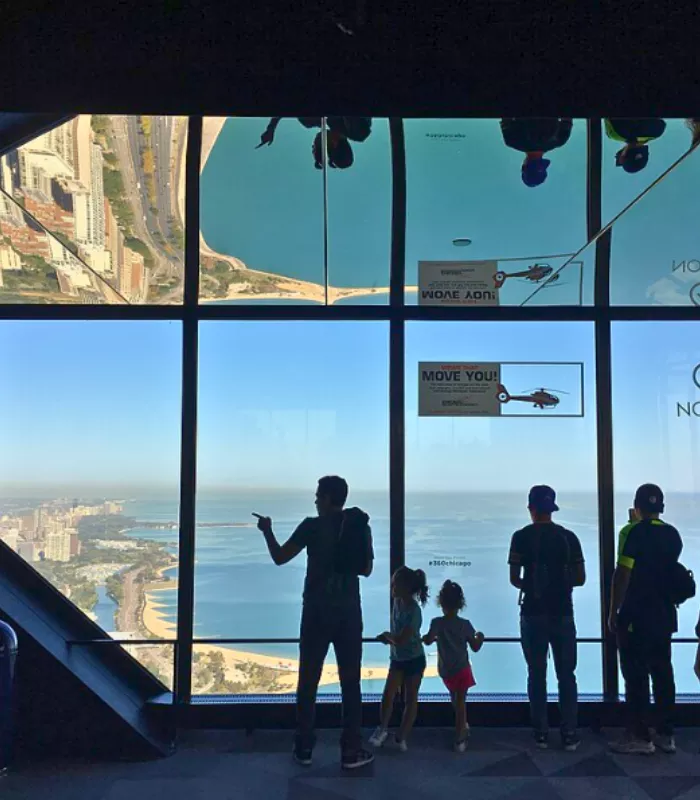
Chicago’s observation decks like the 360 Chicago Observation Deck promise breathtaking views of the Windy City skyline. But here’s the deal – besides dealing with massive crowds, you’ll pay premium prices just to look at buildings from above.
Want me to let you in on a secret? Many Chicago hotels, restaurants and bars offer similar views without the hefty admission fees. And if you do visit an observation deck, go early morning or near sunset to avoid the biggest crowds.
You’re better off researching discounted tickets online before your visit or finding a rooftop bar where you can enjoy the same views while sipping a cocktail instead of being herded through like cattle.
The High Price of High Places: You’ll pay around $30-45 per person for a view you could get for the price of a drink at many downtown high-rise restaurants.
9. Deep Dish Pizza Tourist Spots, Chicago
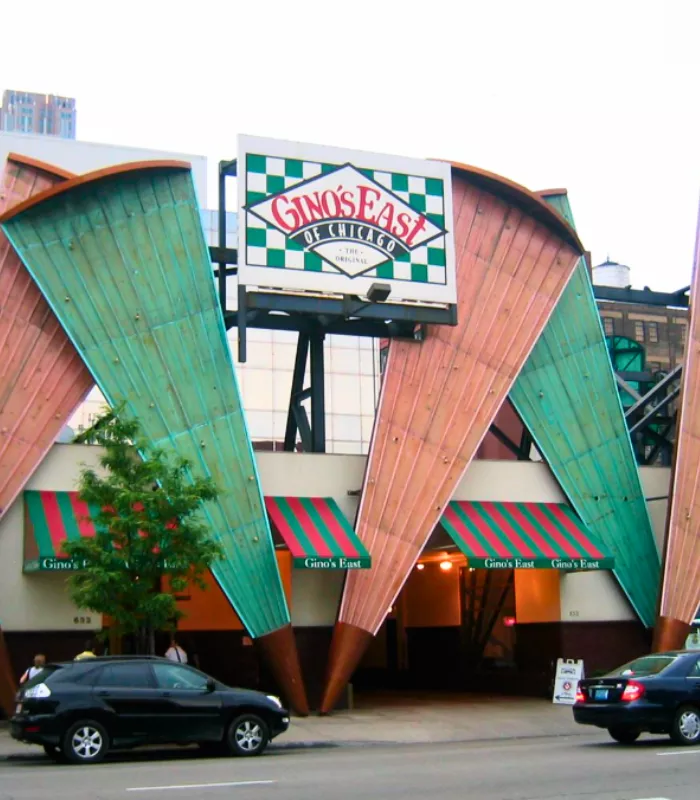
Deep dish pizza is Chicago’s ultimate food treasure, but popular spots like Giordano’s and Gino’s East often make you wait for hours, testing both your patience and your hunger. Their famous pies cooked in iron skillets are indeed mouthwatering.
But here’s the catch… you’ll spend a significant portion of your vacation waiting in line with other tourists instead of exploring the city. That’s why savvy food lovers know that lesser-known places like Pequod’s serve up equally delicious pies, sometimes without the extreme wait times.
You’re better off joining a guided food tour that lets you sample deep dish along with other Chicago specialties while learning about the city’s neighborhoods and history at the same time.
The Waiting Game: During peak tourist season, you might wait 1-2 hours for a table, then another 45 minutes for your pizza to bake.
10. The Bean (Cloud Gate), Chicago
When most out-of-towners talk about visiting Chicago, they’ll say they really want to visit The Bean. Let me just be blunt here: it’s a stainless steel bean-shaped sculpture that reflects Chicago’s skyline. It ain’t that cool.
But here’s the deal… you’ll fight through crowds of people all trying to take the same selfie with this shiny sculpture in Millennium Park. I made a classic mistake of building up The Bean as some kind of transformative art experience.
You’re better off walking by The Bean as part of a larger exploration of Millennium Park and Grant Park, where you can also enjoy the Crown Fountain, Lurie Garden, and free concerts at the Jay Pritzker Pavilion during summer months.
Reflective Reality: The Bean (officially called Cloud Gate) is essentially a giant mirror that shows you exactly what you could see by turning around and looking at the actual skyline.
11. Cozy Dog Drive In, Springfield
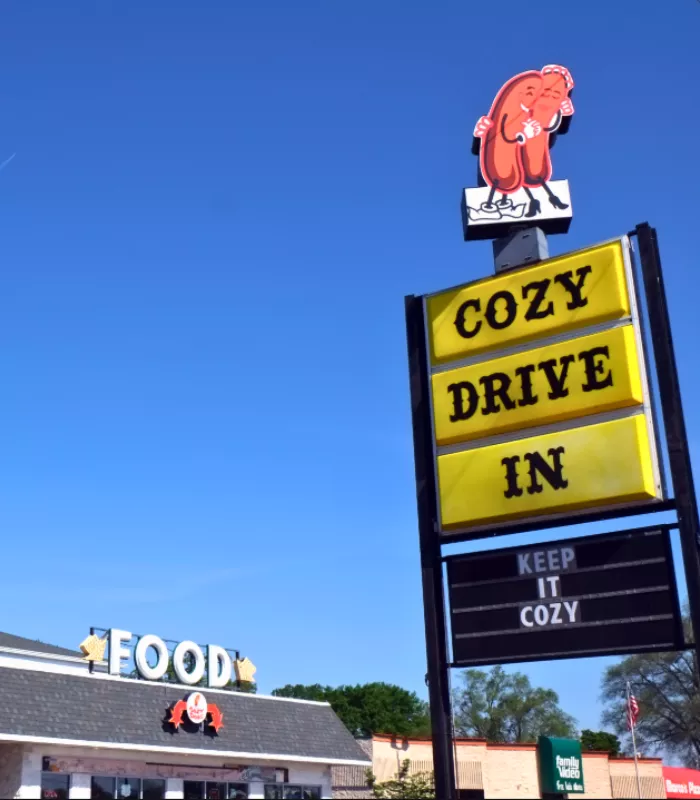
The Cozy Dog Drive In claims to be the birthplace of the corn dog on a stick. This Route 66 landmark has been serving up these battered hot dogs since 1946 and proudly displays memorabilia from the Mother Road.
But here’s the catch… it’s just a corn dog. A decent corn dog, but still just a corn dog. The place is small, often crowded, and the food is exactly what you’d expect from a roadside fast food joint.
That’s why you should consider exploring Springfield’s Lincoln sites instead, which offer genuine historical value. If you do visit Cozy Dog, keep your expectations realistic – you’re there for the nostalgia, not culinary excellence.
The Corny Truth: You’ll drive out of your way to eat something you can find at any state fair or mall food court in America.
12. Cahokia Mounds, Collinsville
Cahokia Mounds sounds impressive as America’s largest pre-Columbian city north of Mexico. This UNESCO World Heritage site once housed up to 20,000 people around 1200 CE – more than London at that time!
But here’s the deal… unless you’re a serious history buff, you might find yourself staring at what essentially looks like large grassy hills. I made a classic mistake of expecting visible ruins like you’d find at Mayan sites.
You’re better off visiting with a guided tour or downloading the audio tour app to truly appreciate what you’re seeing. The interpretive center helps, but many visitors leave wondering what all the fuss was about.
Hidden History: Despite its incredible historical importance, most visitors spend less than an hour here because there’s little visible evidence of the ancient civilization.
13. Shedd Aquarium, Chicago
The Shedd Aquarium is one of Chicago’s most popular attractions, drawing nearly 2 million visitors annually to see its 32,000 aquatic animals. It’s also one of the most crowded and expensive attractions in the city.
But here’s the catch… during peak tourist season, you’ll spend more time navigating through crowds than actually enjoying the exhibits. Want me to tell you the worst part? The ticket prices keep climbing while the experience remains largely unchanged year after year.
That’s why visiting during weekday mornings or purchasing Chicago CityPASS if you’re seeing multiple attractions can make this experience more worthwhile. Otherwise, you might find yourself paying premium prices for a rushed, elbow-to-elbow experience.
The Price of Popularity: Basic admission starts around $40 per adult, but special exhibits and experiences can push that price to nearly $80 per person.
14. Route 66 Hall of Fame and Museum, Pontiac
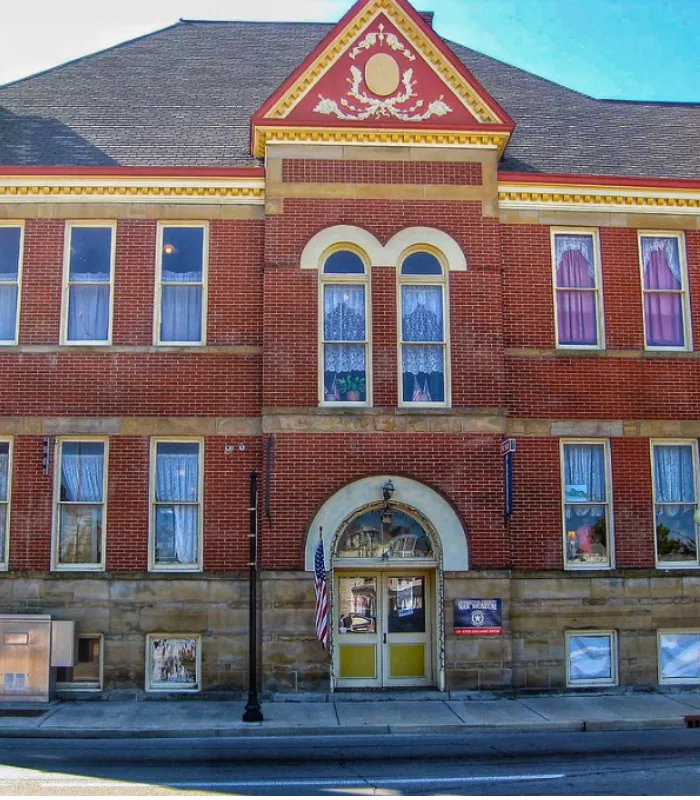
The Route 66 Hall of Fame and Museum in Pontiac promises to celebrate the glory days of America’s most famous highway. The small museum displays vintage gas pumps, road signs, and memorabilia from the Mother Road’s heyday.
But here’s the deal… after about 30 minutes, you’ve seen everything. The museum is quaint but limited in scope, and many exhibits feel more like someone’s personal collection than a comprehensive museum experience.
You’re better off experiencing actual Route 66 by driving parts of the historic route and stopping at authentic diners and roadside attractions that still capture the spirit of the original journey.
Roadside Reality: This small-town museum can’t possibly capture the 2,448-mile experience that made Route 66 legendary.
15. Lincoln’s New Salem, Petersburg
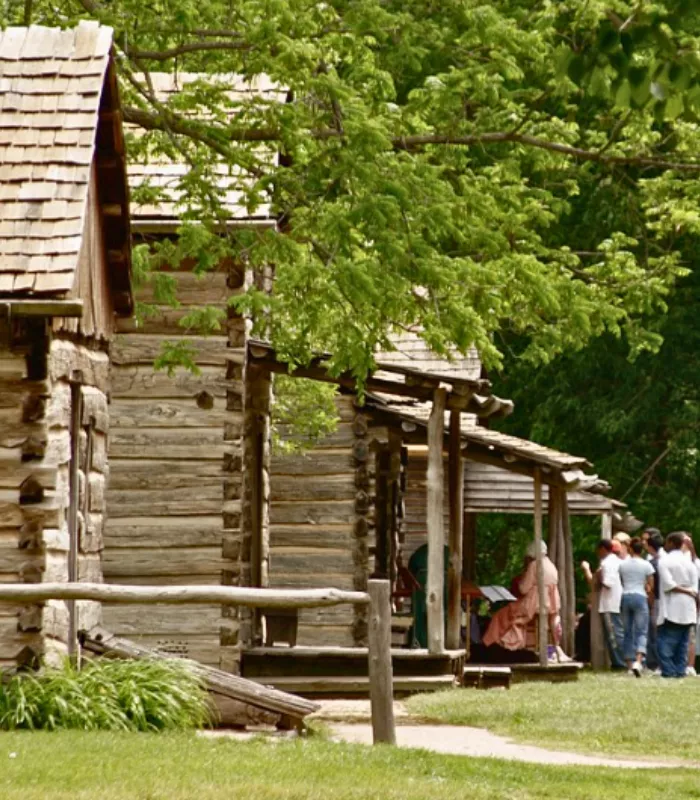
Lincoln’s New Salem is a reconstructed 1830s village where Abraham Lincoln spent his early adulthood. The site features log cabins, workshops, and costumed interpreters demonstrating pioneer life skills.
But here’s the catch… despite its historical significance, the experience can feel static and lifeless, especially during off-peak times when fewer interpreters are present. I made a classic mistake of visiting on a weekday when many buildings were closed and few staff were around.
That’s why you should check the calendar for special events like “Pioneer Days” when the village comes alive with demonstrations, music, and activities that make the history more engaging and interactive.
Historical Half-Truth: None of the buildings are original – they’re all reconstructions built in the 1930s and 1940s based on historical records.
16. Wrigley Field Tours, Chicago
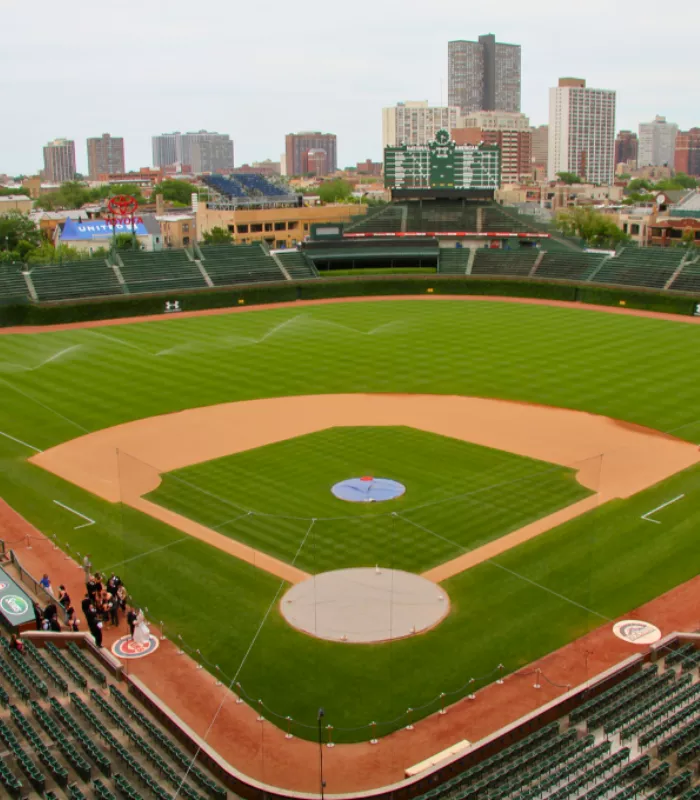
Wrigley Field is America’s second-oldest baseball park and a legitimate piece of sports history. The guided tours take you through the ivy-covered outfield walls, visitors’ clubhouse, and press box of this iconic stadium.
But here’s the deal… these tours cost around $30 per person for what amounts to walking around an empty stadium. Want me to be blunt? Unless you’re a die-hard Cubs fan, you might find yourself checking your watch halfway through.
You’re better off catching an actual game if you can, where you’ll experience the true magic of Wrigley Field – the crowd, the atmosphere, and the tradition that makes this place special. The tour simply can’t capture that energy.
Empty Stadium Syndrome: Paying to see empty seats and closed concession stands feels like watching a movie with the sound off.
17. Illinois State Fair, Springfield
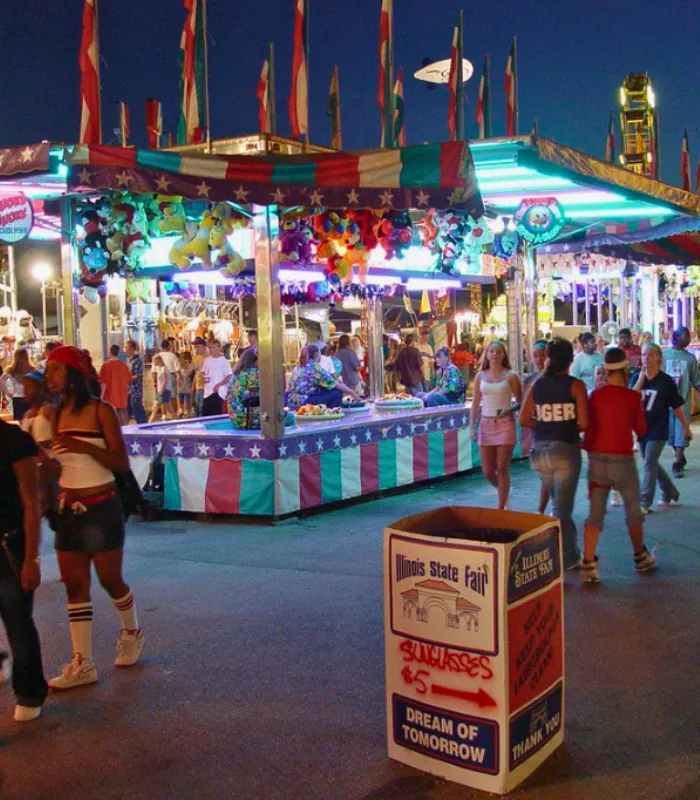
The Illinois State Fair has been a summer tradition since 1853, featuring agricultural exhibits, carnival rides, concerts, and enough fried food to make your cardiologist weep. It runs for 11 days each August in Springfield.
But here’s the catch… it’s basically the same fair you’ve seen in every other state, just with more corn-themed exhibits. The crowds can be overwhelming, parking is a nightmare, and you’ll pay inflated prices for mediocre food and entertainment.
That’s why you should visit on weekdays or during the morning hours to avoid the worst crowds. Better yet, seek out smaller county fairs throughout Illinois that offer similar experiences with more local charm and fewer tourists.
Fair Warning: You’ll spend more time looking for parking and standing in lines than actually enjoying the attractions.
18. Anderson Japanese Gardens, Rockford
Anderson Japanese Gardens in Rockford is often praised as one of North America’s most authentic Japanese gardens. This 12-acre landscape features koi ponds, winding paths, and meticulously pruned trees designed to create a sense of serenity.
But here’s the deal… the admission price of $10-12 per person feels steep for what amounts to a pleasant walk through a pretty garden. I made a classic mistake of building this up as some kind of transformative Zen experience.
You’re better off visiting during spring when the cherry blossoms bloom or in fall when the maple trees turn vibrant red and orange. During summer, it’s just a nice garden that you’ll walk through in about an hour.
Garden-Variety Disappointment: Despite its beauty, many visitors expect something more interactive or educational for the price.
19. Starved Rock State Park, Oglesby
Starved Rock State Park is often called Illinois’ most beautiful natural attraction, featuring 18 canyons formed by glacial meltwater with seasonal waterfalls and stunning overlooks above the Illinois River.
But here’s the catch… its popularity has turned it into an overcrowded hiking experience, especially on weekends and holidays when the parking lots fill by mid-morning. Want me to tell you what to expect? Trails packed with noisy visitors, litter in some areas, and a general feeling that you’re in a nature-themed amusement park rather than a wilderness.
That’s why visiting on weekdays or during the off-season (late fall through early spring) provides a much more peaceful experience. Or better yet, try nearby Matthiessen State Park, which offers similar scenery with smaller crowds.
Nature Overload: This park receives over 2 million visitors annually – more than many national parks – despite being just 2,630 acres.
20. Chicago Segway Tours

Chicago Segway tours promise a fun, efficient way to see the city’s landmarks without wearing out your walking shoes. These guided excursions take you along the lakefront and through Grant Park while you balance on a two-wheeled electric vehicle.
But here’s the deal… you’ll pay around $70 per person to look like a tourist cliché while moving at a pace that’s not much faster than walking. I made a classic mistake of thinking this would be a unique way to experience Chicago.
You’re better off renting a Divvy bike for a fraction of the cost or joining a walking tour where you can actually stop and fully appreciate the architecture and history without worrying about falling off your Segway in front of everyone.
The Rolling Tourist Trap: Nothing screams “I’m not from around here” like wobbling through downtown in a helmet while following a guide holding a flag.
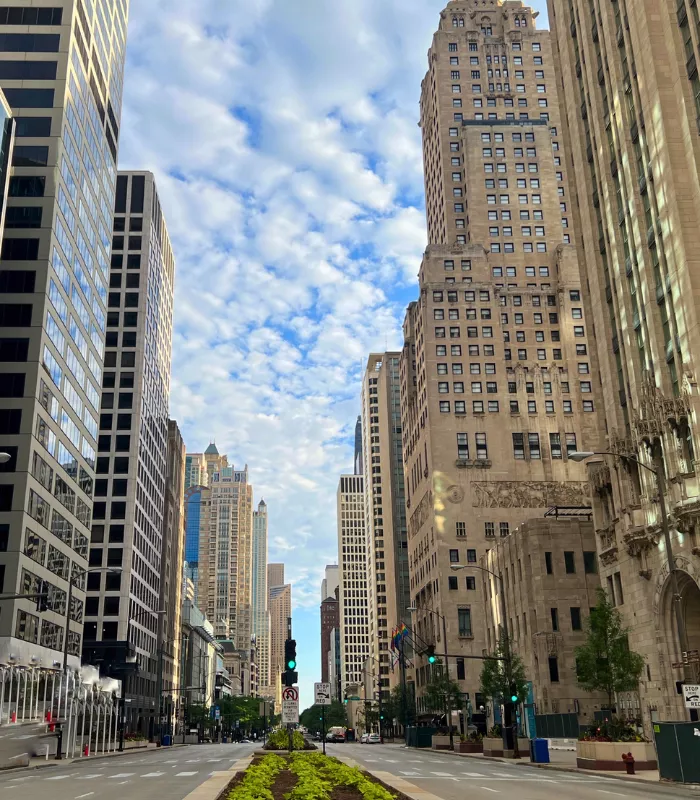
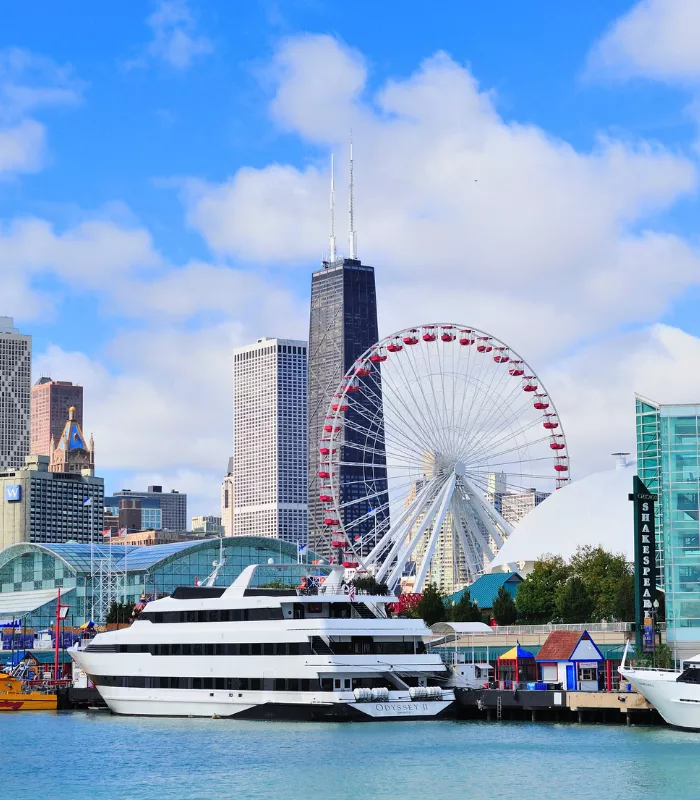
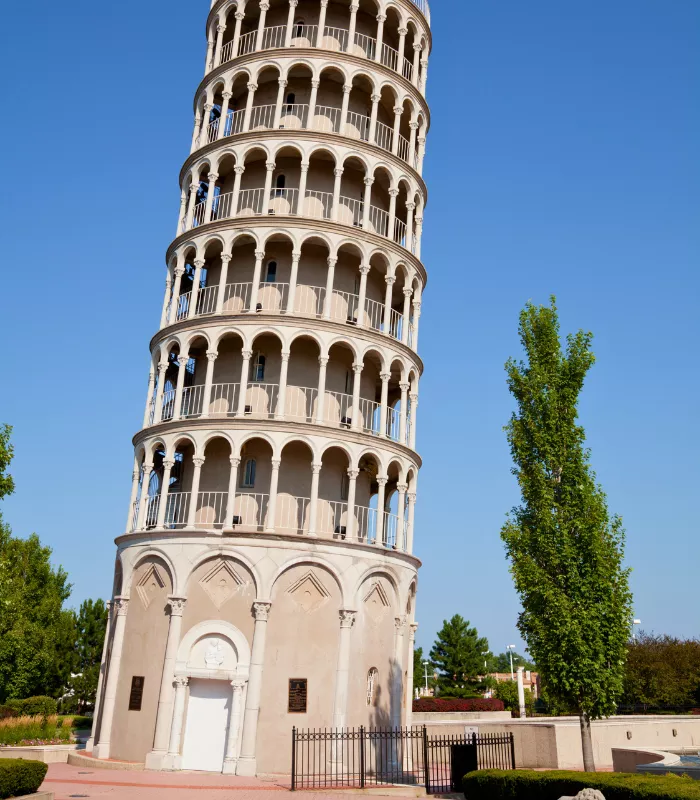
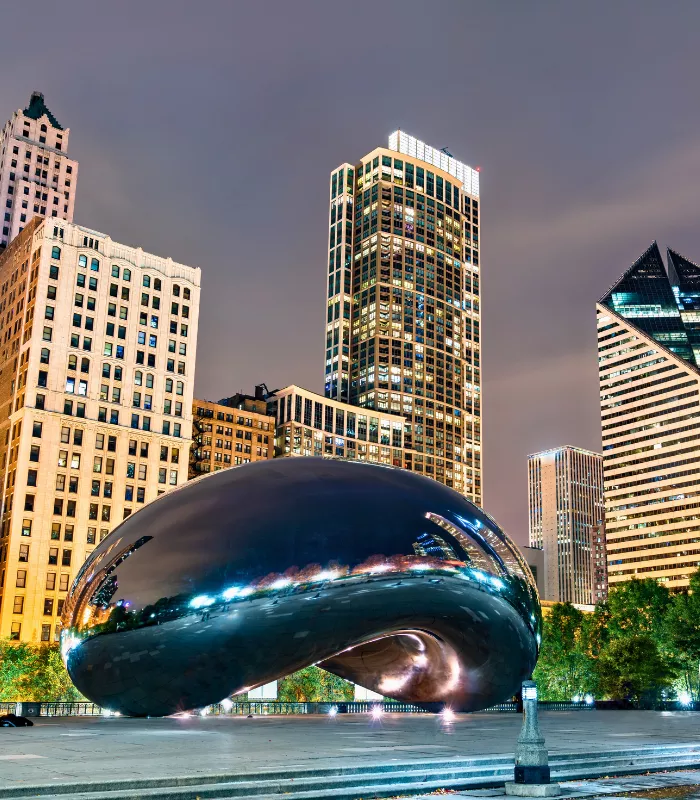
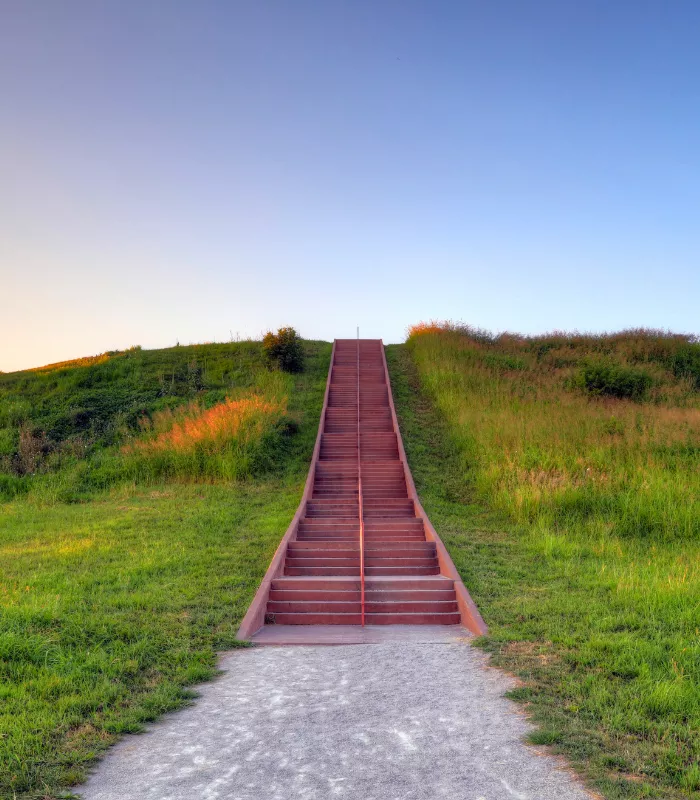
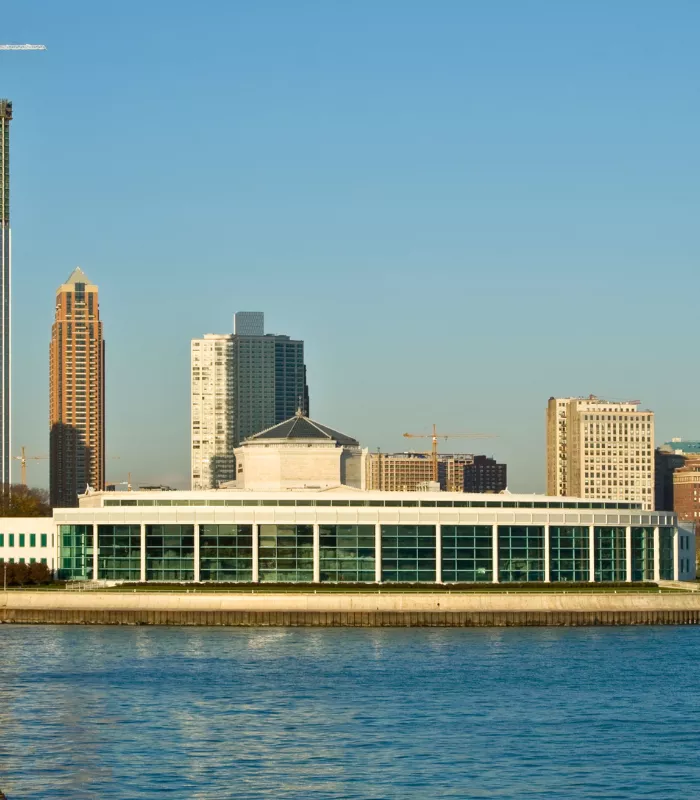
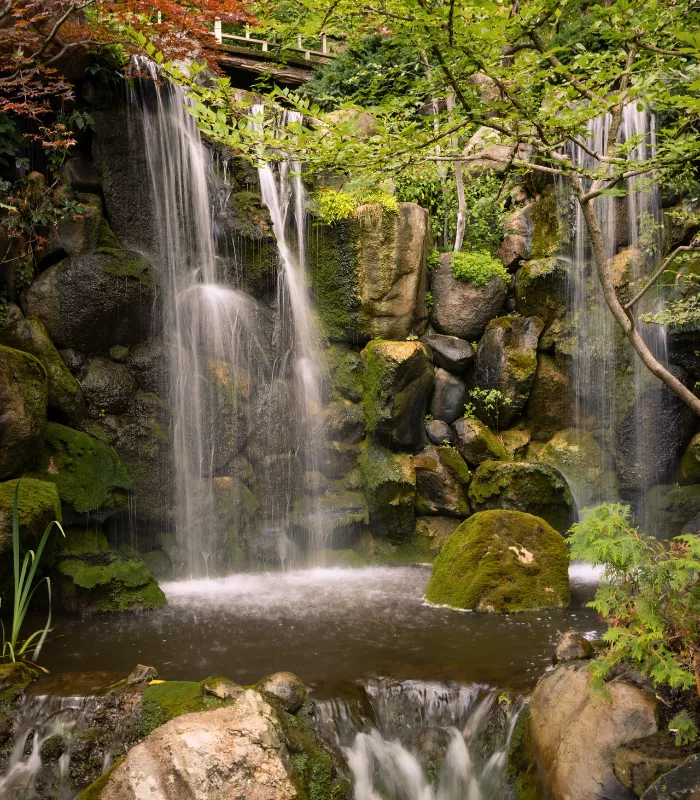
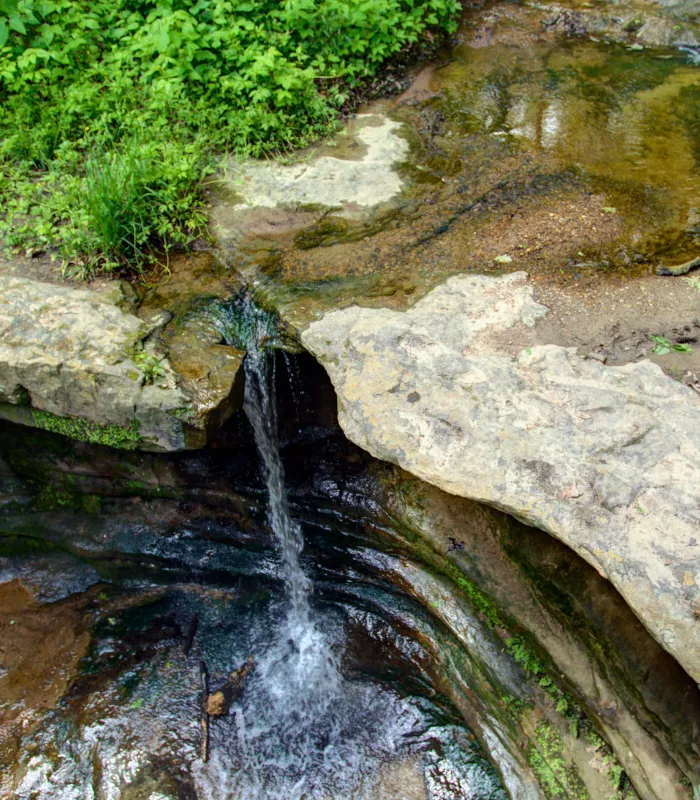
You actually held it against Metropolis for not having any REAL connection to a FICTIONAL character? No town has a real connection to Superman. The character is fictional!